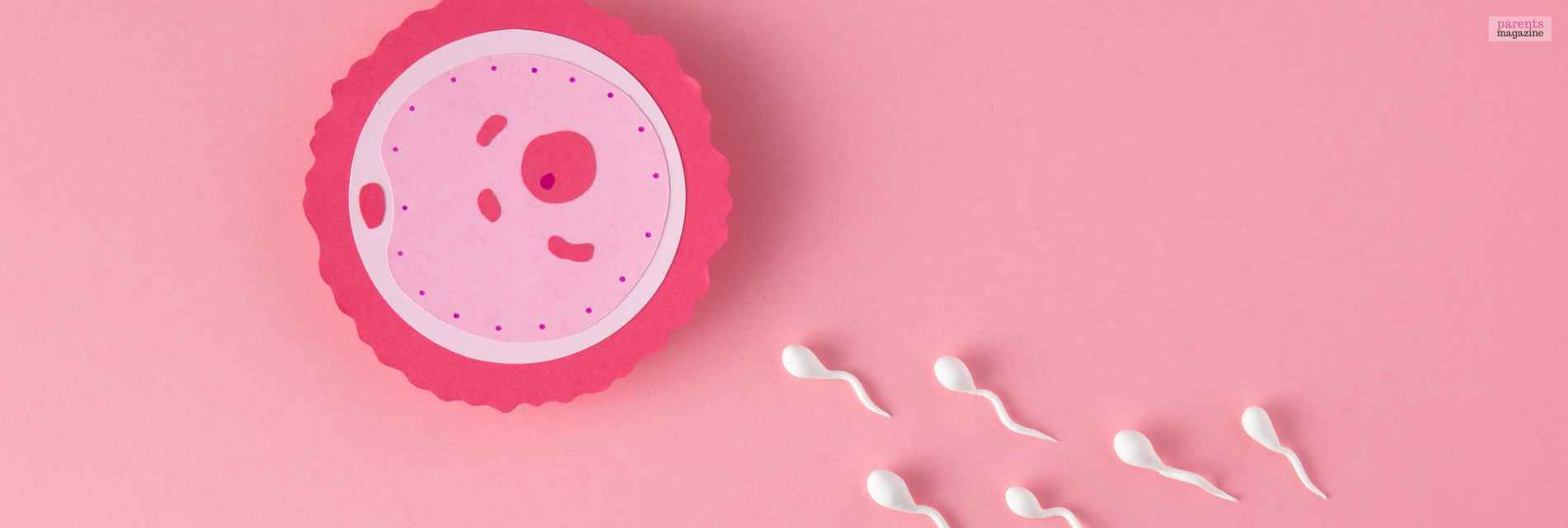
Can You Ovulate Twice In A Month? All Questions Answered
Ovulation works in women in a linear process that is more or less the same in everyone- the follicles in ovaries mature, the dominant of which releases a single egg. If you are looking to conceive, the egg gets fertilized. So, can you ovulate twice in a month?
But fraternal multiples have proved it is indeed possible to ovulate more than once by way of hyperovulation, also known as multiple ovulation.
In this article, we will be talking about the different ovulation types, the potential causes of each, and the markers that will tell you if you are going through such.
LH And Pregnancy

LH is responsible for triggering ovulation and developing the egg sac, which is crucial for regulating the proper functioning of the ovaries.
It is produced in the pituitary gland. The levels of LH fluctuate throughout the menstrual cycle of a woman. If you are trying to conceive, this is the hormone to track.
LH keeps changing roles in your body. In the first two weeks, LH helps stimulate the ovarian follicle to produce estrogen. Yet, around the third week, the LH levels work to cause the follicle to tear and release the mature egg from the ovary, the process known as ovulation.
The formation of the remnants of this layer is called the corpus luteum. This interim lining is formed because the ruptured ovarian follicle sheds off after two weeks of ovulation when implantation is missed.
In case fertilization of the egg takes place, the corpus luteum stays intact, with the LH stimulating it to produce progesterone. This is one of the most essential hormones in the early stages of pregnancy.
Can You Ovulate Twice In A Month?

It is indeed possible to ovulate twice. The process, however, is a little complicated. There could be multiple waves of follicular growth during your menstrual cycle.
Although the process of ovulation can happen only once, the ultimate LH surge could cause the ovulation of two or more eggs within a single cycle, called hyperovulation. With multiple ovulation, it technically becomes possible to ovulate twice.
Multiple Ovulation
A single rise in LH levels is the common norm, but your egg delivery system could develop in waves instead of just once just before ovulation.
Studies have shown there could be three gradual onset of LH surges (2-6 days):
Single Peak
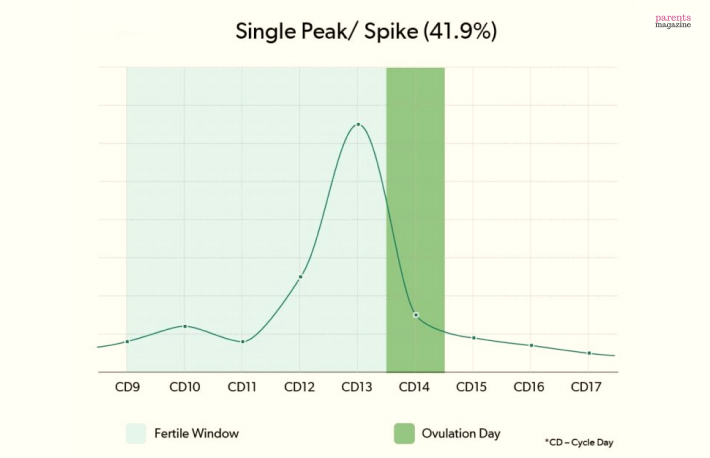
With just one peak, the LH level could increase a bit till it reaches the highest point before going back to base levels. This gradual onset will depict decreasing levels of LH following the single peak.
Plateau
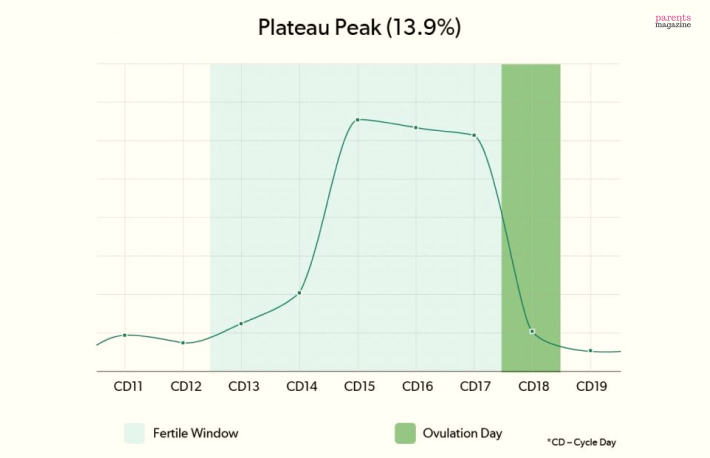
This surge means you could have a number of high results one after the other just before seeing a decline in the LH levels. The LH levels usually reach their peak value for about 2-3 days right before decreasing, letting ovulation occur after reaching the final peak.
Multiple Peaks
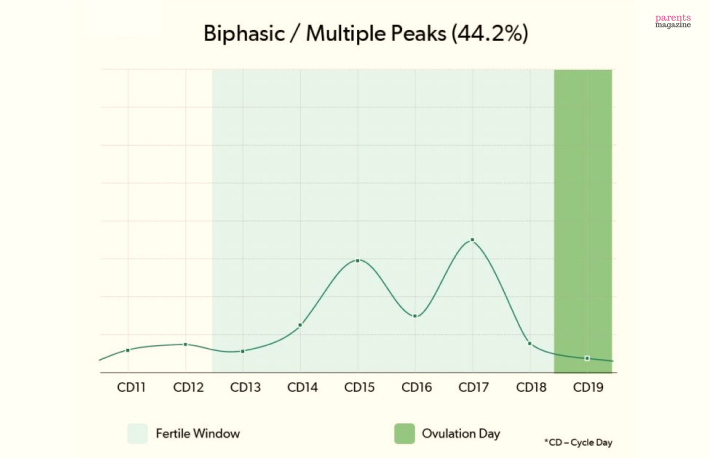
This one is the toughest to track or understand, with multiple peaks in the LH surge with many ups and downs in the cycle. With several compelling hikes in LH, followed by a decline and then another hike.
Unless you keep track of the cycle regularly, it becomes very complicated to determine your accurate times of fertility. Keeping a record makes the process less difficult, especially when your LH surges are irregular.
What Causes Multiple Ovulation?
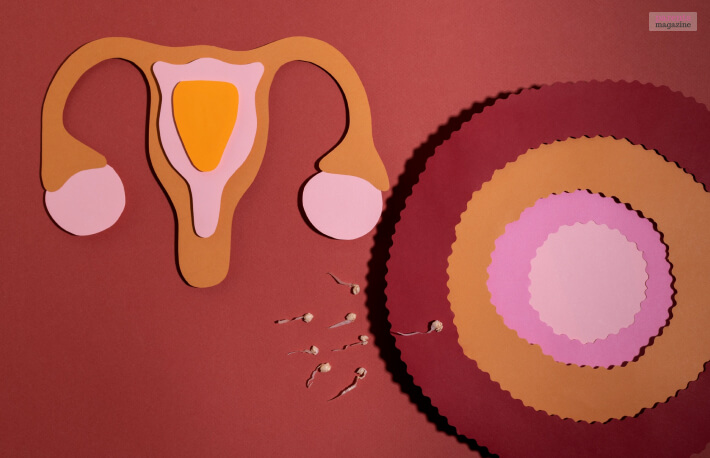
There are many key factors that affect ovulation and fertility, such as illness, stress, or even hormonal changes.
Sometimes, women who have recently taken off hormonal contraception become more susceptible to multiple ovulation because their bodies take time to readjust.
The other factors that could cause multiple ovulation are certain medical conditions like PCOS, genetic predisposition, and fertility treatments.
Because your cycle is managed by a complex interaction of hormones, any variation of the delicate balance could topple your ovulation process.
Symptoms Of Multiple Ovulation
Perhaps an ultrasound is the best way to find out about multiple ovulation. However, several women have come forward with the most common signs of multiple ovulation.
Reports point towards common symptoms like severe ovulation pain or a heavier-than-normal cervical discharge.
Hyperovulation
In each cycle, a group of follicles initiates a race to judge which one can become the biggest and most dominant to release an egg.
The ovaries can get ready to release more than a single egg. It is similar to the multiple LH surge, but however, the ovaries release only one egg during ovulation.
The process of one follicle becoming dominant, causing the ovaries to release more than one egg within the same cycle, is known as hyperovulation.
What Causes Hyperovulation?
We will need some solid research to determine the exact reasons behind this phenomenon.
A study has shown that some women have a higher level of FSH (follicle-stimulating hormone) naturally. Their bodies release this hormone more frequently, too.
Multiple Follicular Stimulations
It was previously known that ovulation can take place only once a month. A batch of 15-20 egg-carrying cells, known as follicles, grow right before ovulation. Out of those, only one follicle will become dominant, making the follicle swell up until it releases a mature egg.
If you happen to have multiple peaks, more than one dominant follicle can be produced in a single wave.
Dual conception takes place due to two waves in a single cycle that release the egg. For pregnancy to occur, the follicle in the ovary ruptures to release the egg.
In case of multiple follicular stimulation, Your body may release the follicle, and yet the follicle does not rupture. In such situations, the ovaries cannot release the egg. And as a result, you won’t get pregnant.
Your body, however, detects this and releases a second follicle a few days later.
Hence, sometimes, even after the first peak, the hormonal symptoms continue to depict ovulation.
To Summarize
So, can you ovulate twice in a month? It is possible. If you want to track whether you are ovulating, there are lots of resources out there.
Using an ovulation calculator, for one, could help you familiarize yourself with your reproductive cycle. If simply tracking is not giving results, we advise you to get help from your OBGYN. You can also consult a medical expert if you think you are not ovulating.
If you have thoughts to share with us on whether it is possible to ovulate twice or know about resources women out there can find help from, let us know in the comments below. We would love to hear from you!
Additional Reading:
Already have an account?
Sign In
Create your account
User added successfully. Log in








